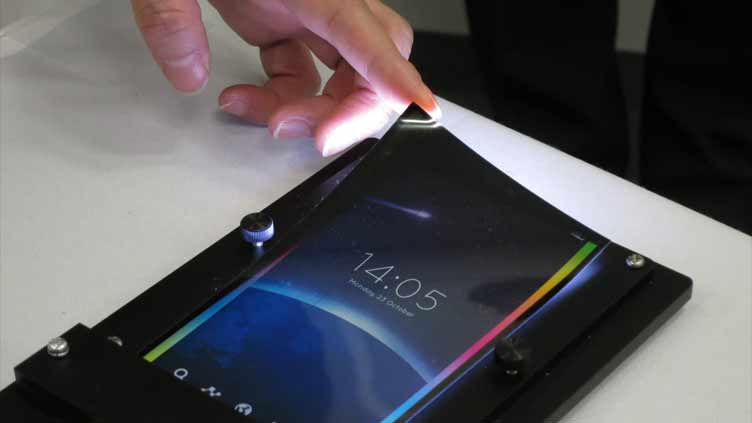Japan Display Ends Partnership Talks with China’s HKC
Japan Display, a leading Japanese display manufacturer, has announced the end of its partnership talks with China’s HKC Corp. The discussions, which began in April, were aimed at collaborating on next-generation display technology and establishing display-making plants in China. However, the companies failed to reach an agreement on licensing fees and were affected by China’s economic slowdown and HKC’s withdrawal of its initial public offering.
Background
Japan Display, also known as JDI, is a prominent player in the display industry, specializing in manufacturing LCD and OLED panels for various applications, including smartphones, tablets, and automotive displays. The company has been facing financial challenges in recent years, with increased competition from Korean and Chinese display manufacturers.
On the other hand, HKC Corp is a Chinese display manufacturer that has been expanding its presence in the industry. The collaboration between Japan Display and HKC was expected to leverage their respective strengths and accelerate the development and production of advanced display technologies.
The Partnership Talks
The partnership talks between Japan Display and HKC were initiated in April with the aim of jointly building display-making plants in China. The focus was on utilizing Japan Display’s eLEAP OLED technology and achieving mass production by 2025. This collaboration was seen as an opportunity for both companies to strengthen their positions in the highly competitive display market.
However, the negotiations faced several challenges. One of the main issues was the licensing fee that HKC was supposed to pay for Japan Display’s technology. The two companies could not reach an agreement on the terms, which led to a deadlock in the talks. Additionally, the economic slowdown in China and HKC’s withdrawal of its IPO further complicated the situation.
Limiting Collaboration to Automotive Displays
As a result of the failed partnership talks, Japan Display has decided to limit its collaboration with HKC to high-end automotive displays. This strategic shift allows Japan Display to focus on a specific segment where it has a competitive advantage and can capitalize on its expertise.
The decision to narrow down the collaboration to automotive displays aligns with Japan Display’s efforts to diversify its business and reduce its dependence on the highly competitive consumer electronics market. By leveraging its technological capabilities in automotive displays, the company aims to secure stable revenue streams and strengthen its position in this growing sector.
Memorandum of Understanding with Anhui Province
In a separate development, Japan Display has signed a memorandum of understanding (MOU) with the local government in the eastern Chinese province of Anhui. The MOU outlines plans to establish display panel manufacturing facilities in the region. This move is part of Japan Display’s strategy to expand its production capabilities and tap into the potential of the Chinese market.
The final agreement between Japan Display and the Anhui government is expected to be reached by the end of the year. This partnership would provide Japan Display with a favorable business environment, including incentives and support from the local government, to establish its presence in Anhui province.
Future Prospects and Challenges
While the termination of the partnership talks with HKC is a setback for Japan Display, the company remains optimistic about its future prospects. By focusing on high-end automotive displays and exploring new opportunities in regions like Anhui province, Japan Display aims to strengthen its position in the display market and regain its competitiveness.
However, the company still faces challenges in an industry characterized by rapid technological advancements and intense competition. To stay ahead, Japan Display will need to continue investing in research and development, innovation, and strategic partnerships. By leveraging its expertise and adapting to market demands, Japan Display can carve out a sustainable niche in the dynamic display industry.
Conclusion
Japan Display’s decision to end its partnership talks with HKC marks a shift in the company’s strategy and focus. By limiting collaboration to high-end automotive displays and exploring opportunities in regions like Anhui province, Japan Display aims to overcome its financial challenges and regain its position in the display market.
While the termination of the talks is a setback, it also presents an opportunity for Japan Display to reassess its priorities and align its business with emerging market trends. With the right strategic moves and investments, Japan Display can position itself as a key player in the evolving display industry and drive future growth.



